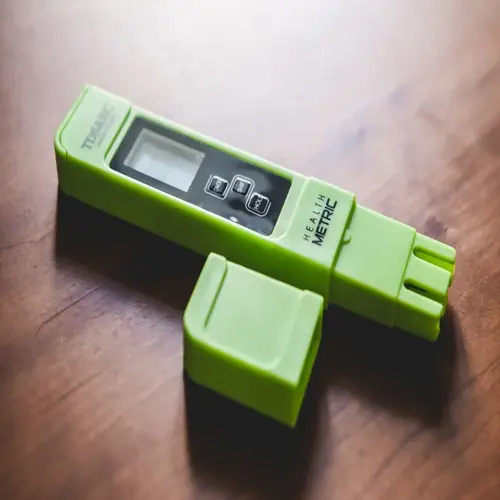What is the most accurate aquarium water testing method?

Written by
Susan Taylor
Reviewed by
Prof. Henry Webster, Ph.D.Accurate aquarium water testing is crucial for the survival of fish. Many aquarists conduct ineffective tests, unknowingly, which miss dangerous poisons. Liquid testing kits provide greater accuracy in detecting ammonia and nitrites. I realized this after losing some guppies as a result of unnoticeable nitrite spikes. Proper testing of your water will prevent such over losses as this, for it can bring to light the many dangers that you cannot see.
Different testing approaches have various degrees of accuracy. Liquid test kits attain ±2% accuracy through the use of regulated chemical reactions. Test strips may have an accuracy factor of 10% based on environmental influences. Digital probes maintain an accuracy factor of ±0.5% if they are calibrated frequently. Choose one based on your tank's specific needs and risk factors.
Precise procedures are followed for reliable results. Liquid kits need precise timing and measurement. Test strips require precise handling to prevent color contamination. Digital probes require regular calibration checks. Combined with precise timing was the success of my angelfish rescue, as I was accurate. With it comes consistency that prevents a false reading and is not questioned by the labs.
Preparation
- Clean all tubes and tools with distilled water first
- Work in natural light away from direct sunlight
- Note expiration dates on chemical reagents
Testing Process
- Fill tube exactly to marked level with aquarium water
- Add drops vertically holding bottle 1 inch above tube
- Cap and invert gently five times mixing solution
Reading Results
- Place tube against white background after timed wait
- Compare colors immediately under daylight spectrum bulbs
- Record values at eye level for accurate interpretation
Steer clear of testing mishaps that compromise accuracy. Do not touch the strip pads with your fingers. Keep kits away from excessive heat and humidity. Change bottles every six months. My reef tank disaster taught me about expired reagents. Maintenance ensures good protection.
Getting the proper testing tools for your aquarium type is essential. Freshwater aquariums need ammonia, nitrite, and nitrate tests. Marine aquariums require tests for additional things, such as alkalinity. Advanced planted aquariums will benefit from phosphate monitoring systems. Start with some of the basic testing kits and expand as you gain more knowledge.
Testing accurately creates good aquatic environments. Consistent testing prevents toxin accumulations. Proper techniques save fish and prevent undue stress. Liquid kits should be used for important parameters. Your friends of the deep will thrive with this essential exercise.
Read the full article: 7 Essential Aquarium Water Testing Tips
